I was perusing the B&H Photo website and came across an article entitled Why Film is Still Better than Digital Photography. Writer Bjorn Petersen proceeds to list seven ways he believes film photography outshines digital.
I have nothing against Petersen. He is certainly entitled to his opinion. Yet, many of his conclusions trouble me. I dislike the inflexible, one-sided tone of the piece. I love both film and digital photography. I don’t believe either is inherently superior to the other.
Is Film better than Digital?
In the last fifty (yes fifty) years, I have shot thousands of photos on film negatives. During the last decade, I have switched almost exclusively to digital photography. True, I sometimes feel nostalgic about all the hours I spent in my wet darkroom. But I don’t miss playing with film, chemicals and thermometers in the least.
I carefully read through Petersen’s list, looking to discover film benefits I may have overlooked. There are a few areas where I agree with him, but most of the so-called virtues of film are highly subjective.
I’ll ignore the undeniable advantages of the digital process. With digital, there is no need for a specialized room, no chemical odor and you don’t need to stumble around in the dark. You also can reduce your water bill considerably, since you don’t have to rinse your negatives and prints for an extended period.
But let’s explore the areas where, according to Petersen, film is superior.
A: Film Looks Better
Okay, I know there are movie directors who insist on shooting film because they say it looks superior to digital. Maybe, but I have scanned hundreds of my old film negatives. Comparing them to more recent images captured digitally, I don’t see much of a difference. I can’t think of one instance where a photo looks better just because it came from a film negative.
B: Film is More Fun
I don’t get this at all. The is no question that it can be fun to experiment with film stocks and chemical processes. But I find delving into a digital image, carefully extracting detail from the shadows without blowing out the highlights is equally enjoyable.
C: Film Forces You to Commit
I agree with Petersen on this one. When you click the shutter on a film camera, you lock a lot of information into the negative. But is that a good thing? An eperienced darkroom technician can manipulate the negative, but aside from altering the processing time or using special chemicals, what you shoot is what you get. I much prefer the freedom a RAW digital image offers. I’m not talking about extreme image alteration in Photoshop, although that can offer artistic expression. A properly exposed RAW image offers a world of options you can’t get with a film negative.
One other thing, if you are shooting color, you have to match the film to the lighting conditions. You have to either use filters or properly balanced lights to avoid color casts if you shoot film with the wrong temperature light. With a RAW digital image, you have infinite control over the color balance of your image.
D: Film is Magic
What the heck does that mean? Petersen talks about the magic of seeing a print develop before your eyes. He’s right, that is magical. But you know what? So is nudging a control lever in Lightroom and watching a dull image suddenly come alive.
E: Film Encourages Experimentation
This one is just wrong. Petersen suggests you can invent a digital image in your head and mathematically create it, while film shooters have to experiment. I’ve found there are all manner of “what ifs” to try when creating digital images. I do a considerable amount of experimenting when shooting digital. When I shot film I tried numerous experiments as well. I don’t think either medium lacks the opportunity to experiment.
F: Film is Cooler
This is pretty subjective. I will admit there is a coolness factor to shooting film, not because of the material, but because today everyone is producing digital images. I can’t think of any person I know that doesn’t own a smartphone that can create digital photos. With everyone is shooting digitally, someone who captures photos on a negative stands out as a trendsetter.
But why stop there? If you want to be cool, get yourself a view camera and start working with wet plate glass negatives. Now, that would be really cool.
G: Film is Photography
Petersen suggests most of us associate film with photography in a way we don’t with digital files. At least I think that is what he is saying. It isn’t clear to me. But I am really confused by his last line, where he says “Digital is a blank canvas whereas film is a masterpiece already full of character and expression.” Does that mean the roll of Kodacolor that I buy at the local drug store is already chock full of artistic showpieces? Why bother to even run it through the camera? I’ll just have the roll processed and hang the blank prints on my wall. After all, they are already masterpieces.
I hope Petersen isn’t offended by my comments. I am not attacking him or his ideas. But he claims film photography is superior to digital photography. Perhaps it is, for him. For me, I might occasionally shoot a roll of film here and there, primarily to enjoy the feel of my old legacy cameras in my hands. But for me, digital photography offers all the creative opportunities I could desire.
Unless I decide to invest in an antique wet plate system…
You can read Bjorn Petersen’s original article on the B&H Website
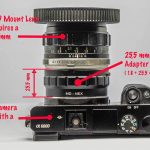
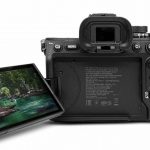
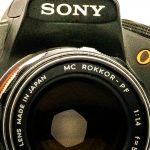


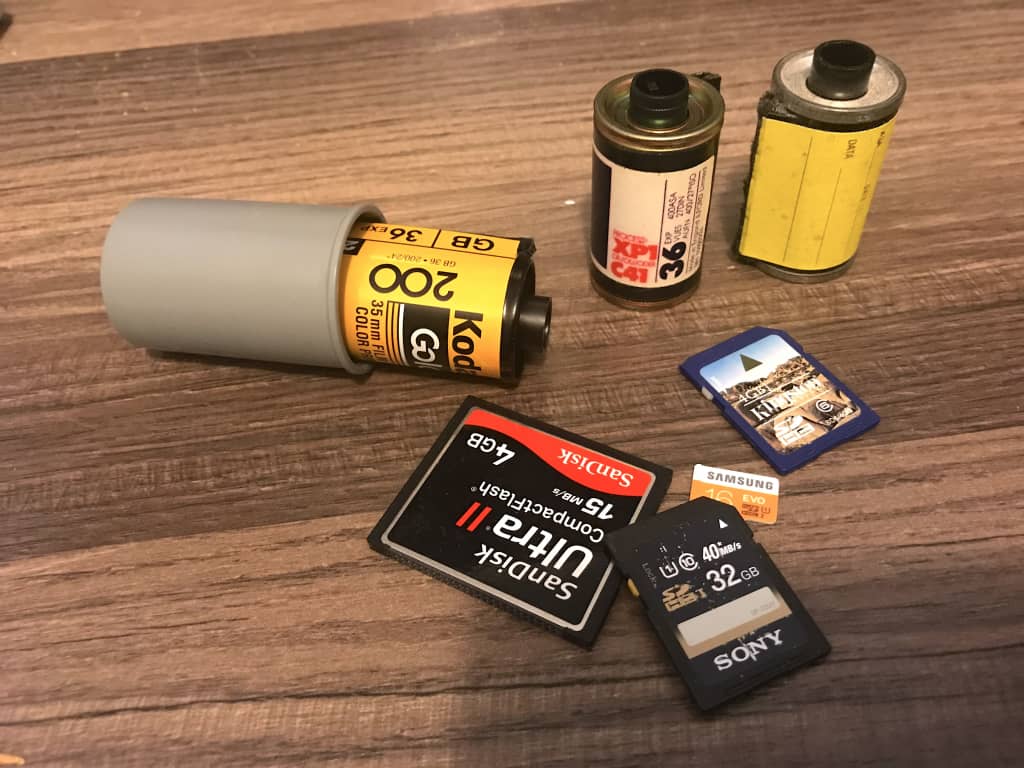
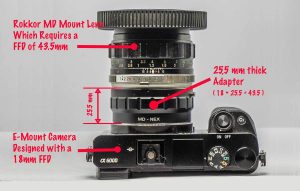

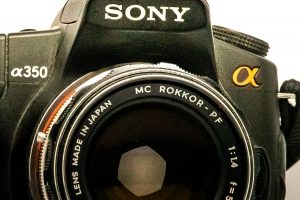

More Stories
Create Better Images with Enhance and Super Resolution
Gear doesn’t matter? Sometimes it does.
Film is not Dead; it is alive on Flickr